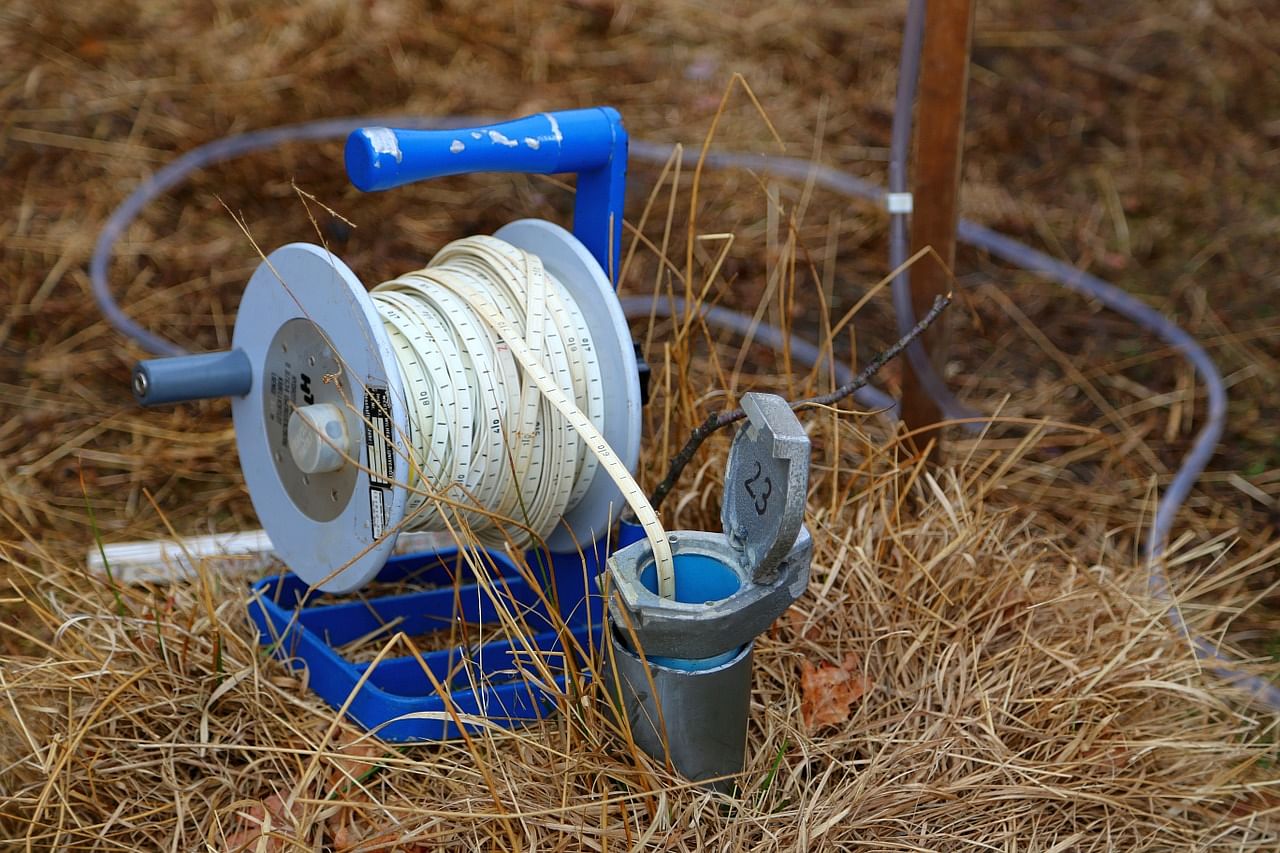
Almost 20 per cent of India's total land area has toxic levels of arsenic in its groundwater, exposing more than 250 million people across the country to the poisonous element, says a new IIT Kharagpur study which used artificial intelligence (AI)-based prediction modelling.
According to the researchers, the findings suggest a much greater extent of the high arsenic zones and total population exposed than already known from arsenic sampling exercises and reports by various governmental and non-governmental organisations.
The research, published in the journal Science of the Total Environment, indicates the need for much more rigorous sampling of arsenic levels across India than what exists.
Arsenic is highly toxic in its inorganic form, with long-term exposure to the element from drinking-water and food potentially causing cancer and skin lesions, among other disorders, according to the World Health Organisation (WHO).
The current study noted that these high arsenic areas are mostly located along the Indus-Ganga-Brahmaputra river basin and in pockets in Peninsular India.
It said the states of Punjab (92 per cent), Bihar (70 per cent), West Bengal (69 per cent), Assam (48 per cent), Haryana (43 per cent), Uttar Pradesh (28 per cent), and Gujarat (24 per cent) show the highest areal extent of elevated groundwater arsenic zones.
These are followed by sporadic occurrences in the states of Madhya Pradesh (9 per cent), Karnataka (8 per cent), Odisha (4 per cent), Maharashtra (1 per cent), and south-eastern part of Jammu & Kashmir (1 per cent), the researchers said.
Apart from these, all other states are found to have negligible or mostly no arsenic hazard, they added.
"A total of more than 250 million people are estimated to be exposed to high arsenic in India," said Abhijit Mukherjee, Associate Professor at the Indian Institute of Technology Kharagpur, West Bengal.
"Our study indicates a strong influence of irrigational abstraction (of groundwater) and regional geology on arsenic distribution patterns within India," Mukherjee, the lead author of the study, told PTI.
In the study, the scientists used advanced AI to model the occurrence of arsenic above its national permissible limit of 10 microgrammes per litre (μg/L) in the groundwater across India based on the various geologic, hydrogeologic and anthropogenic factors that have been known to control the groundwater arsenic distribution in the aquifers.
Mukherjee said the study is the first integrated report on the field-sampled arsenic distribution patterns along with an arsenic prediction model using advanced AI across India.
The researchers, including co-authors Soumyajt Sarkar and Madhumita Chakraborty, said they chose AI techniques to model the groundwater arsenic hazard across India since they suspected that a large part of arsenic-contaminated areas in India is still not sufficiently sampled.
Therefore, they said, field-based analysis of arsenic distribution might yield a much lower arsenic hazard scenario across the country.
"AI is being increasingly used in various domains of research for its exceptional computing power and ability to handle complex data, over traditional statistical models," Mukherjee said.
"For this study we have used an advanced AI model, namely Random Forest, which has been proven to be the most efficient in predicting groundwater arsenic in one of our previous studies," he said.
The researchers said they used 27 lakh field measurements of the goverment's Jal Jeevan Mission, and believe the results will help the mission in providing clean drinking water to households.
The researchers said India has been identified to be one of the worst affected countries by arsenic in groundwater, with a number of local to intermediate-scale studies confirming the contamination in West Bengal, Assam, Uttar Pradesh, Jharkhand, Punjab and Haryana.
At present, over 80 per cent of the drinking water in India is sourced to groundwater and previous studies estimated about 90 million groundwater-dependent population in India is at risk of arsenic poisoning through direct and indirect consumption of arsenic-contaminated shallow tubewell waters, they said.
Numerous studies in the past have tried to understand the patterns of occurrence of such arsenic-contaminated groundwater across India.
However, the researchers said most of these studies are local-scaled and field-based, and are mostly limited to the Ganges river basin.
They believe the findings from such studies will not be applicable for the rest of India.
"Our AI model predicts pervasive arsenic contamination in major parts of the Himalayan mega-river Indus-Ganges-Brahmaputra basins, however it also occurs in several more-localised pockets, mostly related to ancient tectonic zones, igneous provinces, aquifers in modern delta and known sulphide mineralised mining regions," said Mukherjee.
The scientists said the model suggested arsenic-hazard potential in yet-undetected areas, adding that it is helpful in predicting hotspots in areas with limited measurements.
According to the researchers, the outcome of the study is particularly important for policymakers and administrators as this knowledge can provide a vital input in identifying safe drinking water sources in arsenic affected areas of India.